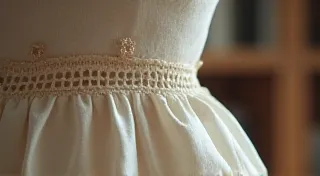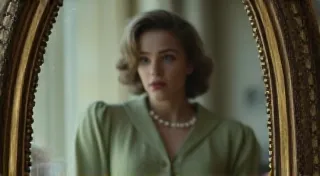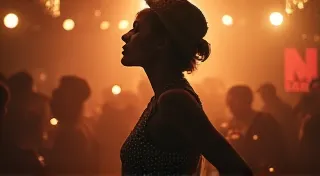Vintage Hats Through the Decades: A Style Evolution
Hats have always been more than just head coverings; they're statements of style, reflections of the times, and vital components of a well-curated vintage look. From the elaborate confections of the early 1900s to the more relaxed styles of the 1980s, hats’ evolution tells a fascinating story of fashion and culture. Let's explore this journey through the decades.
The Edwardian Era (1900-1910): Elegance and Ornamentation
The Edwardian era, named for King Edward VII, was defined by its opulence and formality. Hats were absolutely essential for women of all social classes. Picture wide-brimmed hats, often adorned with extravagant decorations: feathers, ribbons, bows, and even artificial flowers and fruit. The “Tailfeather” craze was particularly significant, pushing the boundaries of hat embellishment. These hats weren’t just fashionable; they signified status and refinement. The emphasis was on volume and elaborate detailing – the more extravagant, the better.
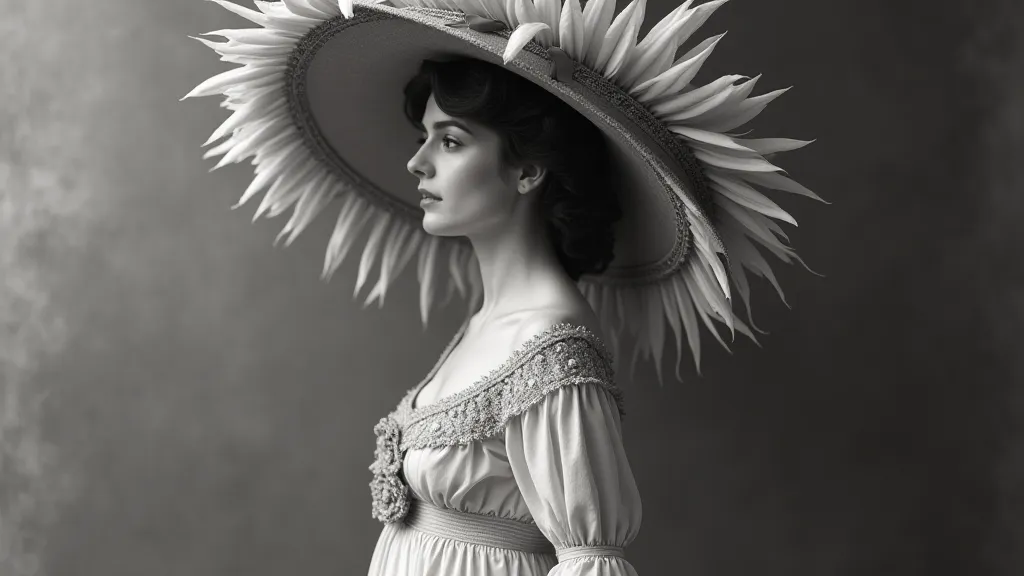
The 1920s: Flapper Flair and Cloche Comfort
The roaring twenties brought a dramatic shift. The rigid formality of the Edwardian era gave way to a more modern, carefree spirit. The defining hat of the decade was the cloche – a close-fitting, bell-shaped hat that hugged the head. Cloches were often made of felt and were remarkably simple compared to their predecessors, reflecting the overall streamlining of fashion. They were perfect for showcasing the bobbed hairstyles that were becoming increasingly popular.
The 1930s: Sophistication and the Tilt
The 1930s saw a return to more refined and sophisticated styles, influenced by Hollywood glamour. Hats became less severe than the cloches of the previous decade. The "tilt" became a signature look - hats were often worn at a jaunty angle. Brimmed hats, often with subtle ornamentation like bows or veils, were common. The focus shifted to a more flattering silhouette, complementing the long, flowing dresses of the time.
The 1940s: Practicality and Patriotic Accents
World War II had a profound impact on fashion. Fabrics were rationed, and practicality became paramount. Hats were still important, but they were simpler and more functional. Smaller brims and close-fitting styles, like turbans and berets, were popular. Many hats featured patriotic accents, reflecting the national mood. The emphasis was on understated elegance and resourcefulness.
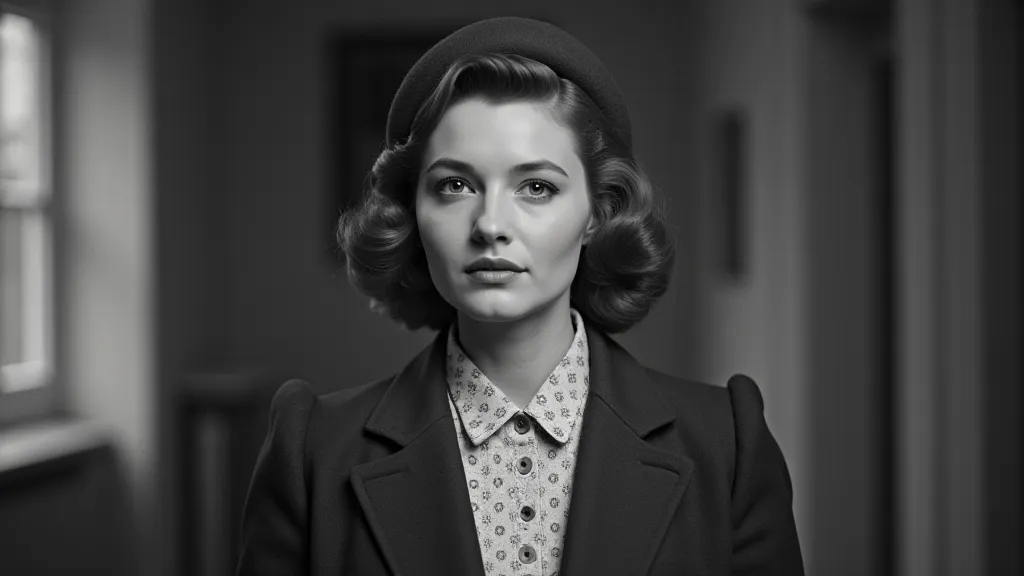
The 1950s: The New Look and Pillbox Hats
The post-war era saw a resurgence of femininity, and fashion followed suit. Christian Dior’s “New Look” emphasized curves and elegance. Hats were once again essential accessories. The pillbox hat, popularized by Jackie Kennedy, became a defining style. Smaller, structured hats and fascinators also gained popularity, often worn with tailored suits and dresses.
The 1960s: Mod Minimalism and Wide Brims Return
The 1960s were a decade of radical change, and fashion reflected this. The early 1960s saw a continuation of the structured hats of the 1950s, but as the decade progressed, styles became more playful and experimental. Wide brims, reminiscent of earlier eras, began to reappear, often paired with mod dresses and bold, graphic patterns.
The 1970s: Bohemian Flair and Felt Cones
The 1970s embraced a diverse range of styles, from bohemian to disco. Hats reflected this eclecticism. Wide-brimmed hats, often in felt or straw, were popular, as were smaller, more playful styles. The felt cone hat, a distinctive and somewhat whimsical design, also made a statement.
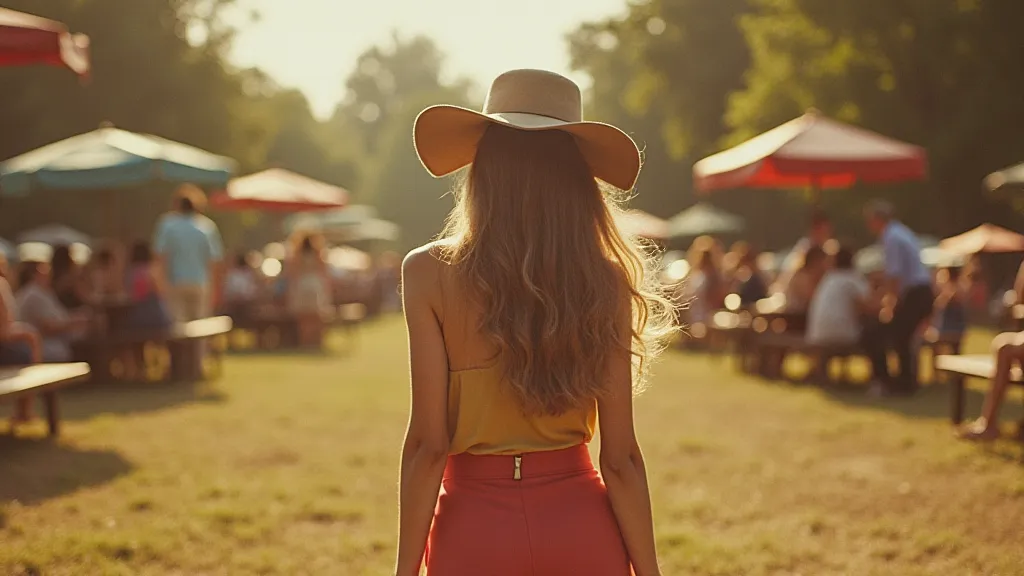
The 1980s: Power Dressing and Visors
The 1980s were all about power dressing and bold statements. While hats weren't as integral to everyday wear as in previous decades, they still played a role in accessorizing. Visors became surprisingly popular, especially for sporty looks. More formal hats, like wide-brimmed felt hats, were often seen with power suits.
